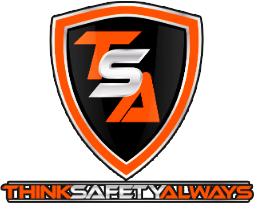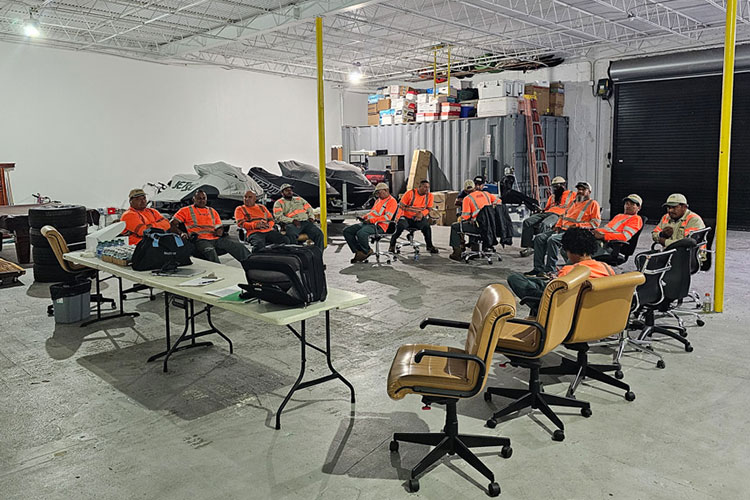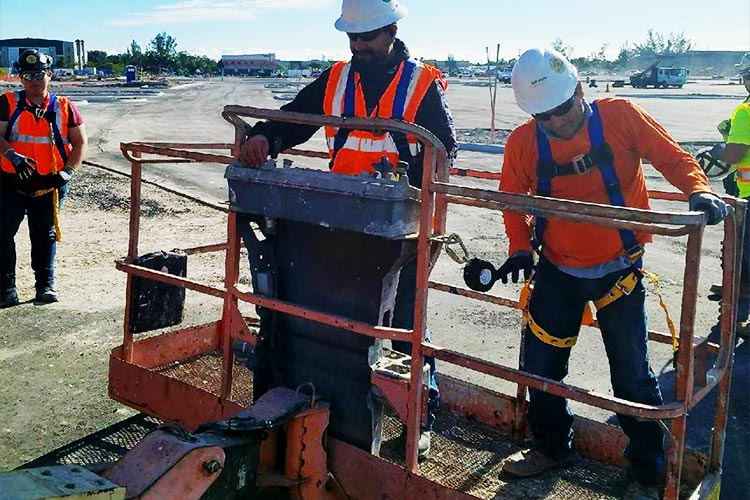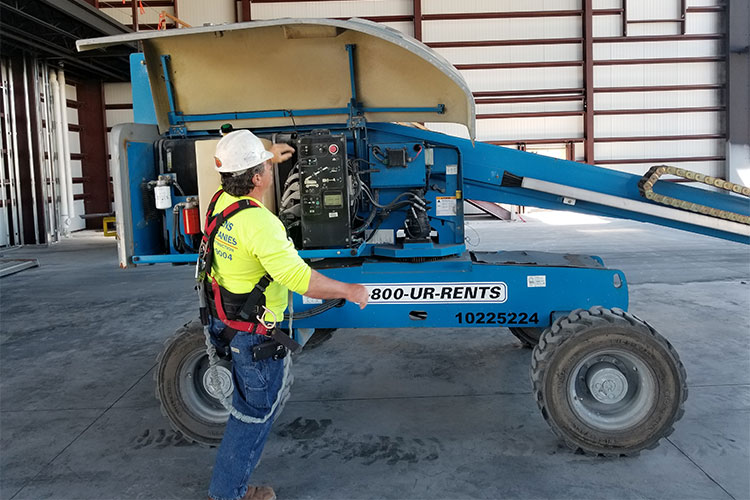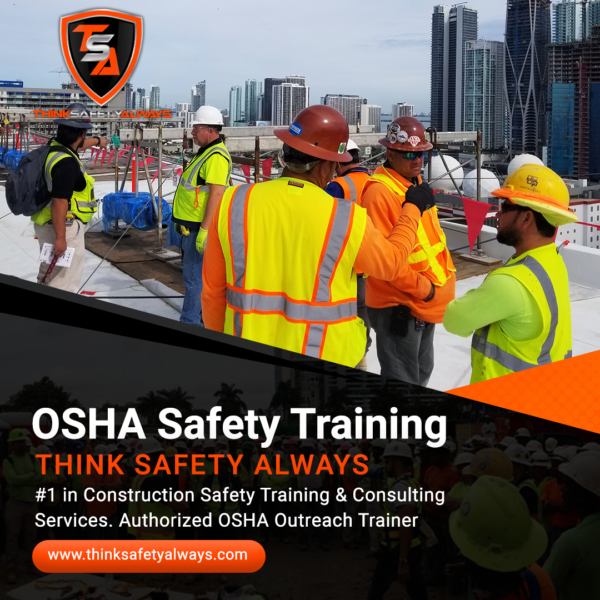In the world of electrical work, danger isn’t always obvious. Power lines may look harmless from a distance, and energized equipment doesn’t hum with visible warning signs. That’s where the Electrical Hazards Awareness Program (EHAP) becomes a literal lifesaver. Designed specifically for those who work near electrical lines—especially arborists, utility workers, and construction crews—EHAP goes far beyond basic safety protocols. It’s about creating a mindset of vigilance, accountability, and smart decision-making that protects lives every single day.
What is EHAP and Who Needs It?
EHAP is a comprehensive safety training program developed by the Tree Care Industry Association (TCIA). It is tailored for workers who may come into contact with electrical hazards, even if they’re not directly handling electrical systems. From tree trimmers clearing branches near power lines to landscapers working near underground cables, EHAP ensures these professionals are equipped with the knowledge to recognize danger, assess risk, and act safely.
But EHAP isn’t just for tree workers—it’s now becoming a standard in various industries. Any profession that involves working at height, near power lines, or in proximity to energized systems should be incorporating EHAP into their safety culture.
The Core of EHAP: Awareness, Not Just Avoidance
While many training programs emphasize avoidance of hazards, EHAP shifts the focus toward awareness and proactive behavior. Participants learn how to identify the presence of electrical lines (both overhead and underground), understand the minimum approach distances, and practice techniques that reduce risk in real-world scenarios. Importantly, EHAP covers what to do in case of accidental contact—because being prepared for the worst can often prevent a tragedy.
It also emphasizes personal protective equipment (PPE), proper communication between team members, and the legal responsibilities companies have under OSHA and ANSI Z133 guidelines. EHAP isn’t just theory—it’s grounded in case studies, practical training, and real-life incidents that underscore the consequences of complacency.
Certification That Builds Confidence
For workers, being EHAP-certified builds confidence that they can return home safely at the end of the day. For employers, having an EHAP-trained workforce reduces liability and fosters a culture where safety is a shared priority. The ripple effect of this mindset is profound—when one crew member is trained to be alert, the entire team benefits.
Many insurance providers also recognize EHAP certification as a mark of a high-standard safety operation, which can lead to lower premiums and fewer job site disruptions.
Think Safety Always—Because One Mistake Is One Too Many
At the heart of EHAP is a simple truth: awareness saves lives. It’s not about scaring workers—it’s about empowering them to do their jobs with knowledge, caution, and a clear understanding of the risks. That’s why companies like Think Safety Always are committed to making EHAP training accessible and engaging. By integrating EHAP into their safety programs, Think Safety Always is helping crews across industries stay vigilant, prepared, and—most importantly—alive.
Whether you’re an employer, crew leader, or individual worker, investing in EHAP is more than compliance. It’s a commitment to thinking ahead, thinking smart, and thinking safety—always.
